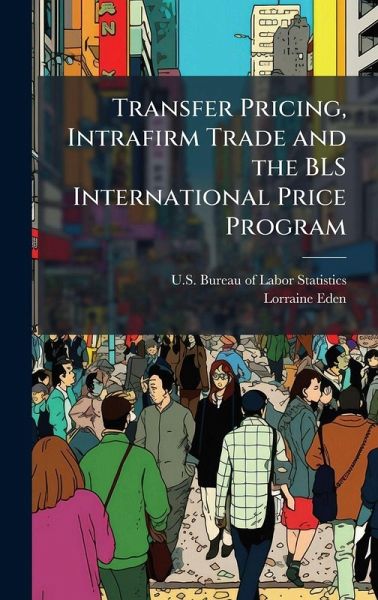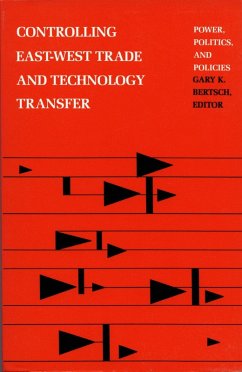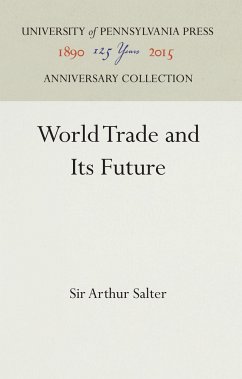
Transfer Pricing, Intrafirm Trade and the BLS International Price Program
Versandkostenfrei!
Versandfertig in über 4 Wochen
27,99 €
inkl. MwSt.
Weitere Ausgaben:

PAYBACK Punkte
14 °P sammeln!
Most governments keep balance of payments statistics on exports and imports by value, and construct international price indexes in order to deflate these statistics. How can intrafirm trades, trade between related parties, bias the construction of these international price indexes? Does transfer pricing, the price of products traded between related party firms, bias the export and import price indexes in any predictable fashion? If firms manipulate transfer prices to avoid taxes or tariffs, what is the appropriate transfer price to use in constructing export and import price indexes, in theory...
Most governments keep balance of payments statistics on exports and imports by value, and construct international price indexes in order to deflate these statistics. How can intrafirm trades, trade between related parties, bias the construction of these international price indexes? Does transfer pricing, the price of products traded between related party firms, bias the export and import price indexes in any predictable fashion? If firms manipulate transfer prices to avoid taxes or tariffs, what is the appropriate transfer price to use in constructing export and import price indexes, in theory and in practice? These issues are important because related party trade is large, representing half of U.S. imports and one-third of U.S. exports, and perhaps a third of worldwide merchandise trade flows. This paper explains how transfer pricing and intrafirm trade can bias the construction of export and import price indexes, outlines and evaluates the various prices that could be used to construct these indexes, and makes some recommendations for the international price program run by the U.S. Bureau of Labor Statistics. This work has been selected by scholars as being culturally important, and is part of the knowledge base of civilization as we know it. This work was reproduced from the original artifact, and remains as true to the original work as possible. Therefore, you will see the original copyright references, library stamps (as most of these works have been housed in our most important libraries around the world), and other notations in the work. This work is in the public domain in the United States of America, and possibly other nations. Within the United States, you may freely copy and distribute this work, as no entity (individual or corporate) has a copyright on the body of the work. As a reproduction of a historical artifact, this work may contain missing or blurred pages, poor pictures, errant marks, etc. Scholars believe, and we concur, that this work is important enough to be preserved, reproduced, and made generally available to the public. We appreciate your support of the preservation process, and thank you for being an important part of keeping this knowledge alive and relevant.












